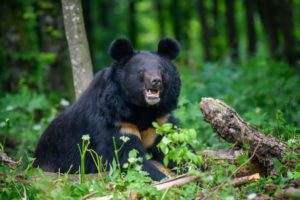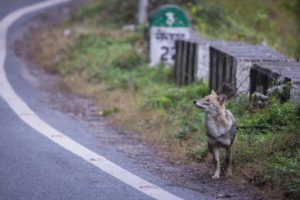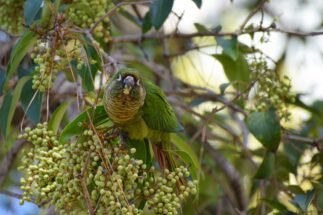Biodiversity is in the headlines as 2022 comes to an end, with a “historic” deal to reverse biodiversity loss by 2030 agreed at a global summit in Montreal, Canada. Dubbed by some commentators a “Paris Agreement for nature”, conservationists hope that the outcome of the UN Convention on Biological Diversity CoP15 will reset governments’ long-standing neglect of biodiversity conservation, while empowering women and indigenous communities.
But addressing the biodiversity crisis is an immensely complicated challenge, going far beyond targeted conservation of iconic species. Truly achieving the goal of living in harmony with nature by 2050 will require changes to what and how we consume; how intact ecosystems are measured and protected; and whose knowledge and perspectives are included in decision-making.
The Third Pole’s coverage of biodiversity across the Himalayas and South Asia this year has focused on these complexities, asking difficult questions. How can we protect apex predators, while ensuring the safety and livelihoods of people who live alongside them? How can we ensure local communities can benefit from wild resources, while ensuring this use is sustainable? And what does it mean to declare a species is gone forever?
Here, we highlight some of the best of our coverage of biodiversity and nature from 2022.
Pet trade driving disappearance of India’s most beautiful tortoise
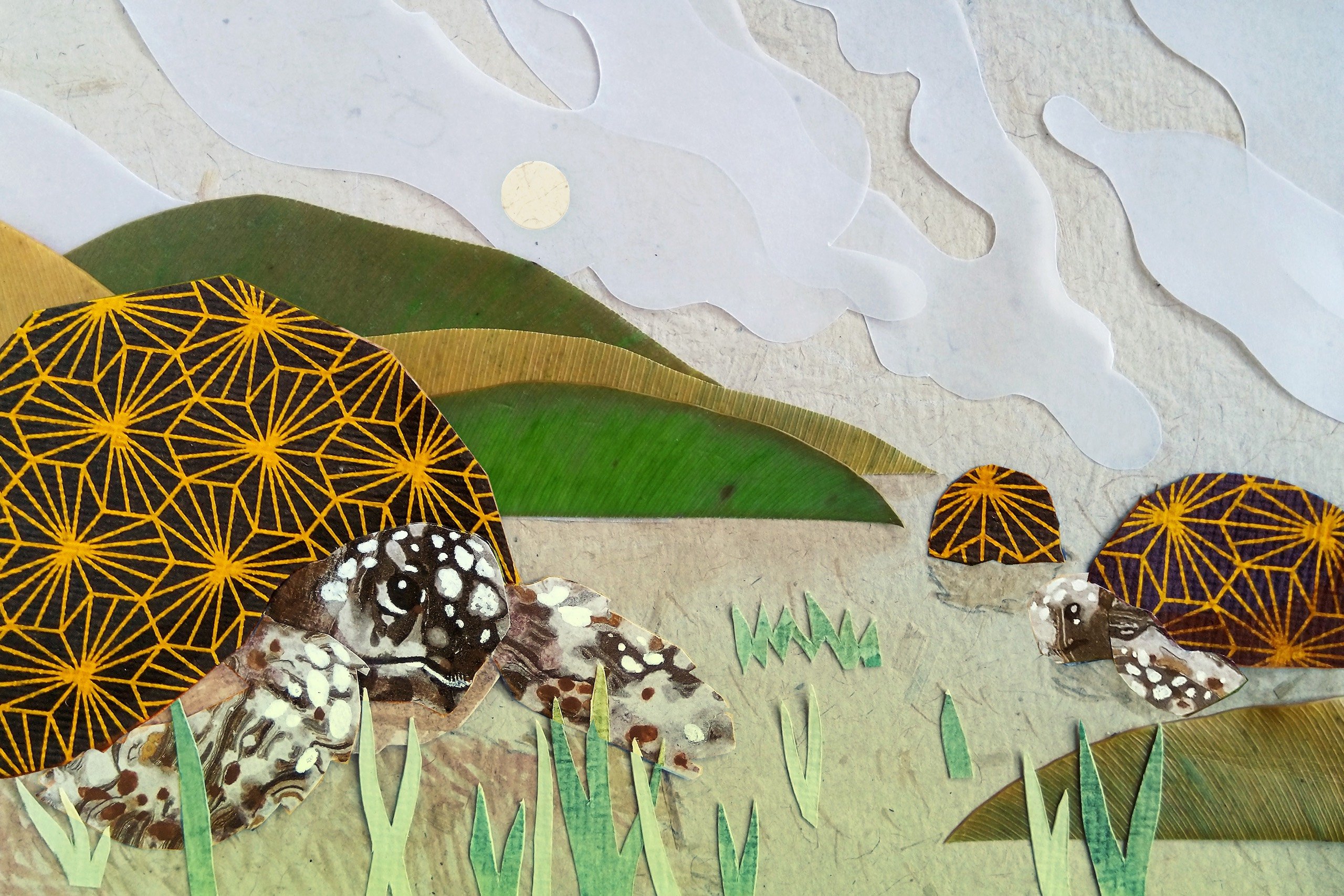
Rebecca L. Root, February
The Indian star tortoise is one of the world’s most beautiful tortoises, named for the star-like patterns on its yellow-and-black shell. But this beauty has been its downfall: the species is smuggled in its thousands for the pet trade to buyers in Southeast Asia, Europe and the United States.
Native to India, Sri Lanka and Pakistan, the Indian star tortoise is protected under the global wildlife trade agreement CITES – and in 2019, international commercial trade in the species was banned. But despite this, the smuggling continues, with at least 3,500 star tortoises seized in 24 incidents in India during 2020 and 2021. Packed tightly into vegetable cartons, suitcases and cool boxes, many tortoises don’t survive the journey. Legal loopholes and a lack of strong sentences are two factors that enable the trade to continue, say experts, who emphasise how a lack of oversight of global trade in reptiles in general is putting many species at risk.
Read the full story here.
Elusive Himalayan wolves emerge on the slopes of Everest
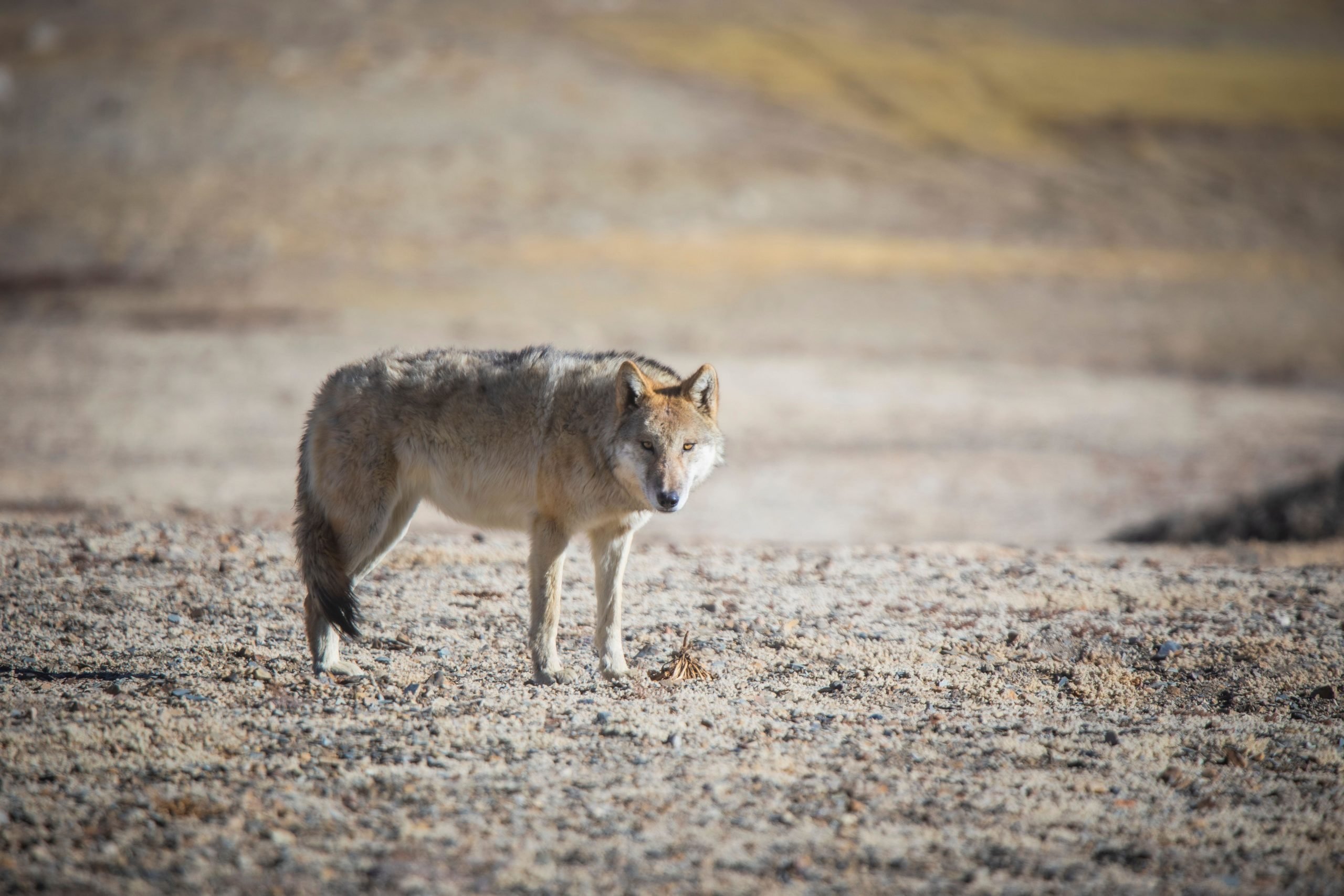
Ramesh Bhushal, June
In Nepal’s Sagarmatha (Everest) National Park, more than 300 livestock were killed by wild animals between mid-2020 and mid-2021. Of these, over 70% were killed by Himalayan wolves – one of Nepal’s least-known wild animals.
Scientists do not know how many Himalayan wolves live in Nepal’s mountains. Many residents of Nepal’s Everest region believe their population has grown in recent years, and link this to the introduction of 30 yaks from Tibet in 2014: they say wolf packs followed the animals on their journey over the mountains.
Crucial data on the wolves’ behaviour and interaction with livestock that could inform interventions is lacking – a gap that needs to be addressed to uncover the mysteries of the Himalayan wolf and in turn, secure its future in Nepal. But what is clear is that addressing conflict with herders will be crucial to the conservation of Nepal’s high-mountain wolves.
Read the full story here.
Invasive species inch northwards in Nepal, threatening mountain ecosystems
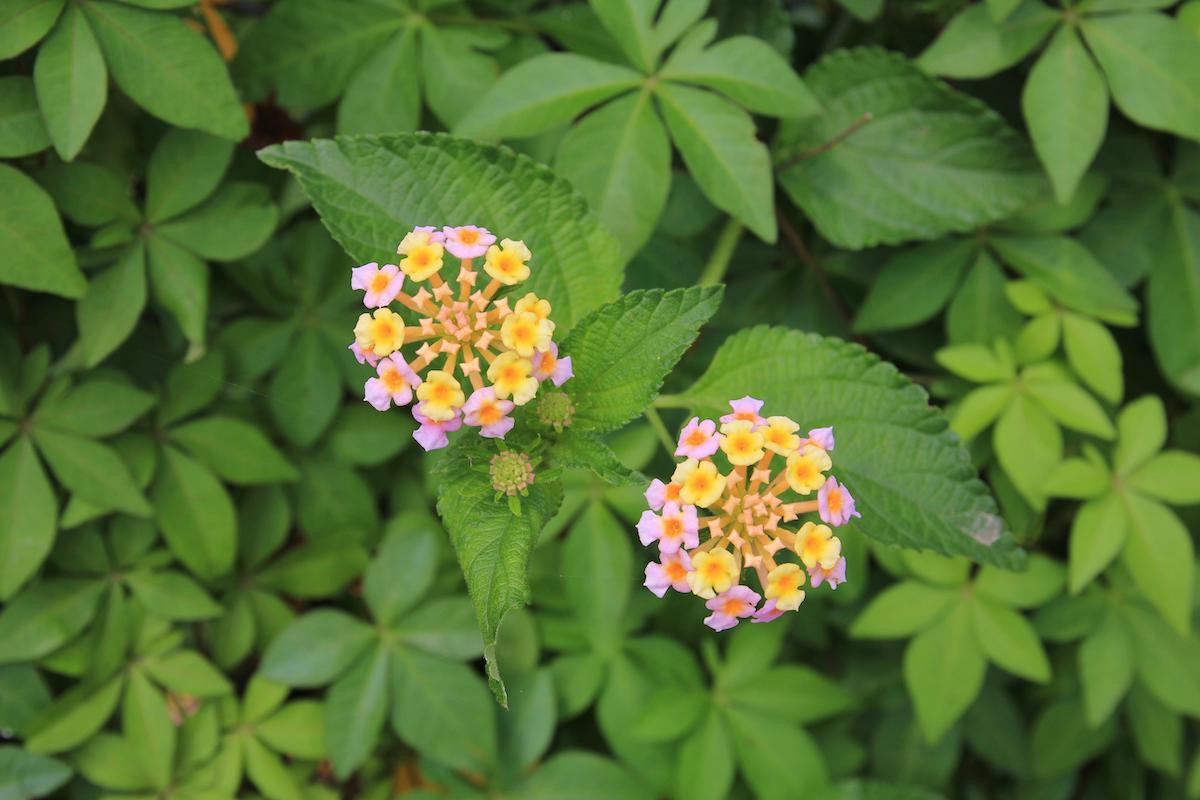
Diwakar Pyakurel, September
Invasive species have been identified as one of the top five drivers of global biodiversity loss, as they out-compete or predate native species across grasslands, forests and seas. But the risks posed to Nepal’s high-mountain ecosystems by invasive plants have so far largely flown under the radar of conservationists and authorities.
In this story, experts explain how, partly due to climate change, non-native species are inching higher into the Nepali Himalayas, potentially threatening delicate high-altitude ecosystems. Several fast-growing species native to Latin America have been found in protected areas including Langtang and Shivapuri Nagarjun national parks. Authorities need to act now, say botanists, before the problem becomes as severe as in Nepal’s lowlands: in Chitwan National Park, for example, dense stands of non-native vines cover more than a third of the habitat of the park’s vulnerable rhinos.
Read the full story here.
Fragmented landscapes and fearful children: Human-wildlife conflict in Kashmir
Aaqib Fayaz and Danish Qazi, October
In June this year, eight-year-old Iqra Jan was attacked by a leopard near her home in northern Kashmir. She was lucky to escape with her life – the same leopard had recently killed two children nearby.
This tragic story illustrates a serious problem faced by mountain communities in Kashmir: as land-use patterns change, humans are coming into contact with dangerous wildlife, with often devastating results for both the people and animals involved. While the number of deaths relative to incidents has fallen in recent years thanks to concerted efforts from the wildlife department and communities, the root cause of the problem – habitat destruction – is worsening.
This short film explores the issue from multiple perspectives, featuring wardens who are tasked with capturing problem animals, as well as wildlife conservationists and policy-makers who are working to better protect both wildlife habitat and the people of Kashmir.
Read the full story here.




